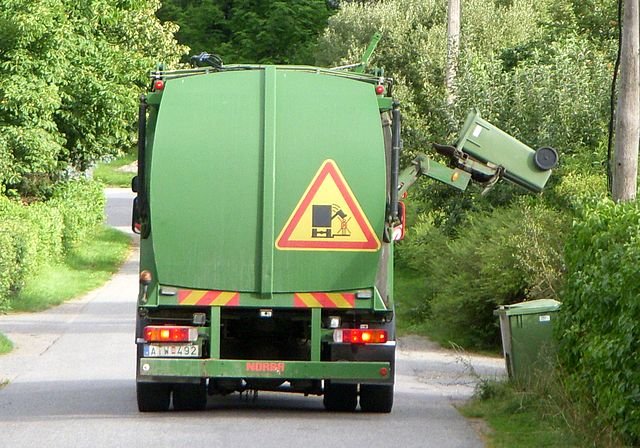Out of all the measures that are necessary in addressing India’s impending waste management crisis, the most efficient will be changes at the national policy and planning level. It is well-known among the small but growing waste management sector that urban India will hit rock bottom due to improper waste management.
Unfortunately, they think such a crisis is required to bring about policy changes, as they generally tend to happen only after the damage has been done. This attitude is unfortunate because it indicates a lack of or failed effort from the sector to change policy, and also the level of India’s planning and preparedness.
An average of 32,000 people will be added to urban India every day, continuously, until 2021. This number is a warning, considering how India’s waste management infrastructure went berserk trying to deal with just 25,000 new urban Indians during the last decade. The scale of urbanization in India and around the world is unprecedented with planetary consequences to Earth’s limited material and energy resources, and its natural balance.
Rate of increase in access to sanitation infrastructure generally lags behind the rate of urbanization by 33% around the world; however, the lack of planning and impromptu piecemeal responses to waste management issues observed in India might indicate a much wider gap. This means urban Indians will have to wait longer than an average urban citizen of our world for access to proper waste management infrastructure.
The clear trend in the outbreak of epidemic and public protests around India is that they are happening in the biggest cities in their respective regions. Kolkata, Bengaluru, Thiruvananthapuram, and Srinagar are capitals of their respective states, and Coimbatore is the second largest city in Tamil Nadu. However, long term national level plans to improve waste management in India do not exist and guidance offered to urban local bodies is meager.
Apart from the Jawaharlal Nehru National Urban Renewal Mission (JnNURM), there has been no national level effort required to address the problem. Even though JnNURM was phenomenal in stimulating the industry and local governments, it was not enough to address the scale and extent of the problem. This is because of JnNURM is not a long term waste management financing program, sorts of which are required to tackle issues like solid waste management.
Are Cities Hands-tied or is Change Possible?
In the short term, municipal corporations have their hands tied and will not be able to deliver solutions immediately. They face the task of realizing waste management facilities inside or near cities while none of their citizens want them near their residences. Officials of Hyderabad’s municipal corporation have been conducting interviews with locals for about eight years now for a new landfill site, to no avail.
In spite of the mounting pressure, most corporations will not be able to close the dumpsites that they are currently using. This might not be the good news for which local residents could be waiting, but, it is important that bureaucrats, municipal officials and politicians be clear about it. Residents near Vellalore dump protested and blocked roads leading to the site because Coimbatore municipal officials repeatedly failed to fulfill their promises after every landfill fire incident.
Due to lack of existing alternatives, other than diverting waste fractionally by increasing informal recycling sector’s role, closing existing landfills would mean finding new sites. Finding new landfills in and around cities is nearly impossible because of the track record of dumpsite operations and maintenance in India and the Not in My Backyard (NIMBY) phenomenon.
However, the corporations can and should take measures to reduce landfill fires and open burning, and control pollution due to leachate and odor and vector nuisance. This will provide much needed relief to adjacent communities and give the corporations time to plan better. While navigating through an issue as sensitive this, it is of the utmost importance that they work closely with the community by increasing clarity and transparency.
Municipal officials at the meeting repeatedly stressed the issue of scarcity of land for waste disposal, which led to overflowing dumpsites and waste treatment facilities receiving more waste than what they were designed for. Most municipal officials are of the sense that a magic solution is right around the corner which will turn all of their city’s waste into electricity or fuel oil or gas, or into recycled products. While such conversion is technologically possible with infinite energy and financial sources, that is not the reality.
Despite their inability to properly manage wastes, the majority of municipal officials consider waste as “wealth” when approached by private partners. Therefore, a significant portion of officials expect royalty from private investments without sharing business risk.































